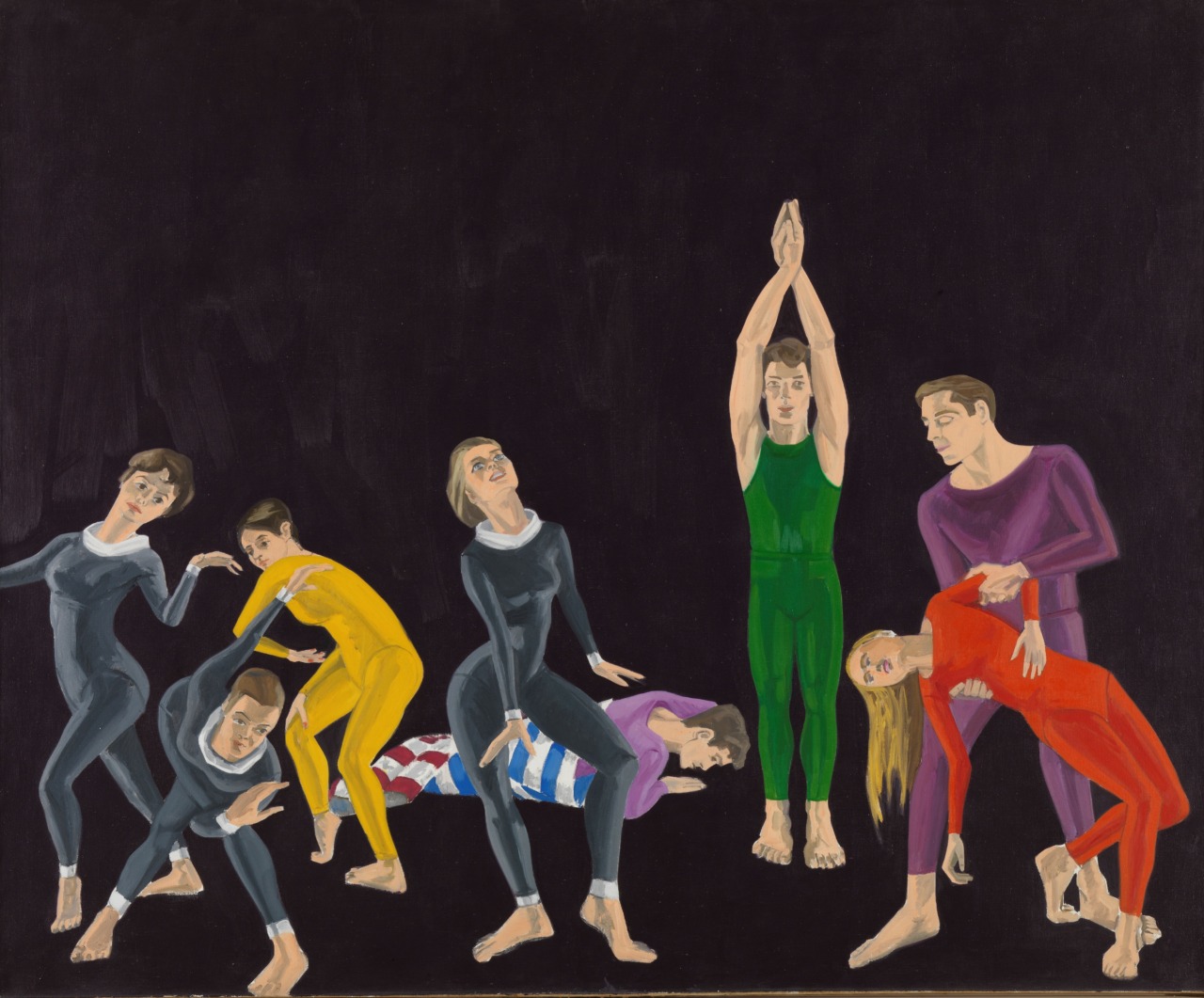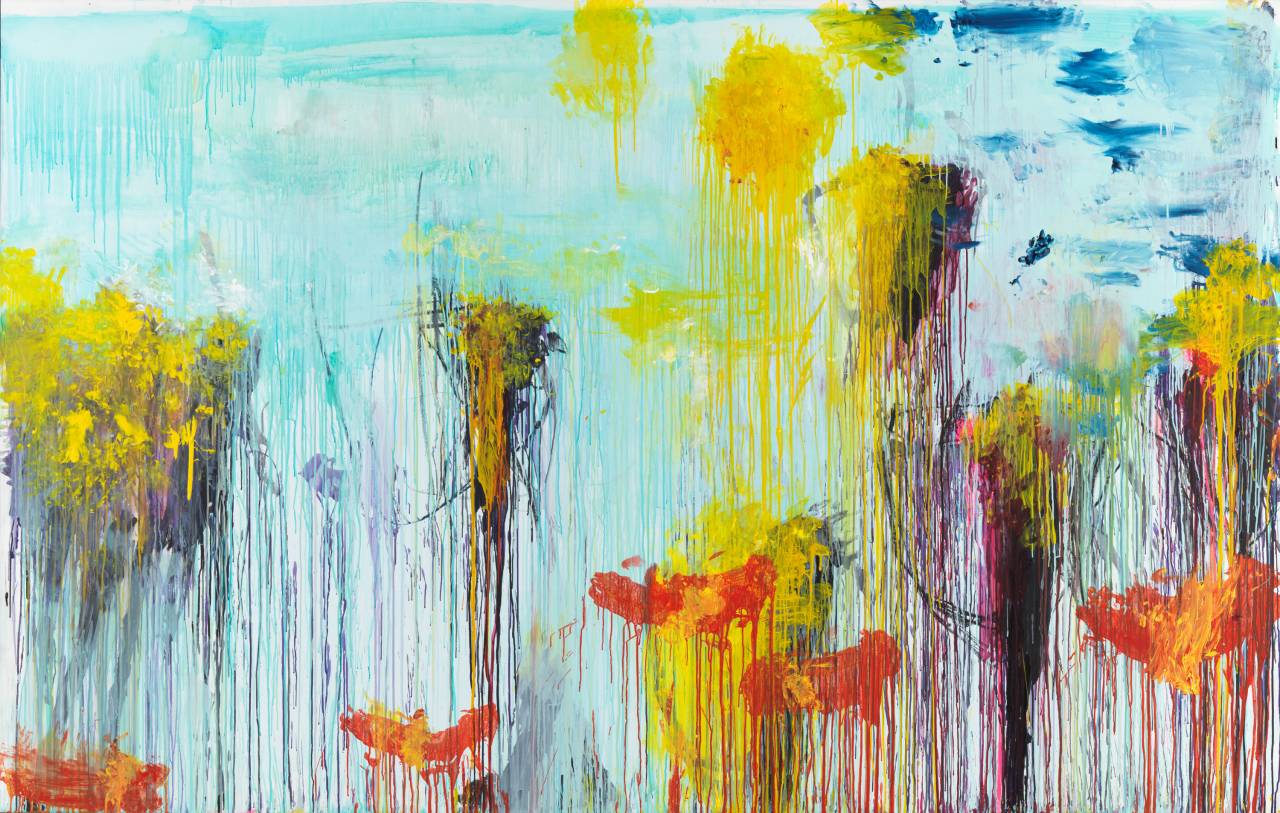
From Body to Machine: Sculpture in Times of Technological Change
Abstract
Sculpture has undergone a major shift in artistic practice and theory since the 1950 and 1960s, bringing together different media, techniques and conceptual approaches. Historically, the theoretic sculpture discourse has been influenced by topoi, such as the myth of Pygmalion or the Paragone, drawing parallels to other art forms. However, in recent discussions, media-specific features like spatiality, plasticity, temporality have been highlighted, using ideas from phenomenological, discourse-analytical, and image-theoretic perspectives. The body—human/non-human—has always been a key subject. In 1968, Jack Burnham’s book “Beyond Modern Sculpture” connected the history of sculpture with technology, thus moving it away from anthropomorphism. According to him, the developmental history of sculpture, whereby sculpture culminates in its productive exchange with technological and scientific achievements of the time, must take into consideration positions beyond the conventional canon: dolls, automatons, kinetics and cybernetic art (“Cyborg Art”). In 1979 Rosalind Krauss published her influential diagram “Sculpture in the Expanded Field,” developing a structural understanding of sculpture beyond material-specific questions, thereby opening a post-modernist (post-medium) field of “the sculptural.” Following the narrative of “sculpture in the expanded field,” this paper aims to discuss relevant theories of sculpture within historical and contemporary changes, looking at the interconnection between the body and the machine—including phenomena like digital, virtual, and 3D-printed sculptures.
About Ursula Ströbele
Ursula Ströbele is a research associate at the Zentralinstitut für Kunstgeschichte in Munich, where she heads the Study Centre on Modern and Contemporary Art. Previously, she worked at the Universität der Künste in Berlin (2012–18), where she co-founded the academic network “Theory of Sculpture.” In 2019, she was curatorial director of the Kunstverein Arnsberg. In 2020, she completed her habilitation with her work “Erweiterung des Skulpturalen. Analysen und Theorien aktueller Grenzphänomene: Non-Human Living Sculptures seit den 1960er-Jahren. Hans Haacke und Pierre Huyghe.” Her research interests include French baroque sculpture; sculpture in the 20th and 21st centuries, including digital phenomena of the sculptural; studio history; exhibition practice and mediation; art and ecology.



